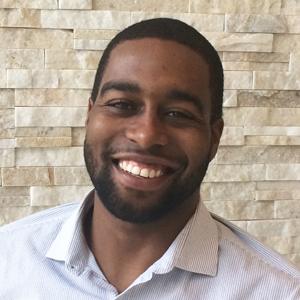‘There is a lot of work to do’
I am often told that I do not fit the stereotypical profile of a scientist. Is it because I am a tall, former collegiate swimmer and extremely extroverted? Or is it because I grew up in Baltimore City and posed for pictures at my Ph.D. graduation ceremony with dreadlocks under my cap? As you may have guessed, I am a young African-American male scientist. I am not the first, but I am still a rarity in the life sciences. My atypical look provides an opportunity to engage with others to deconstruct the stereotype and actively diversify the profile of scientists.
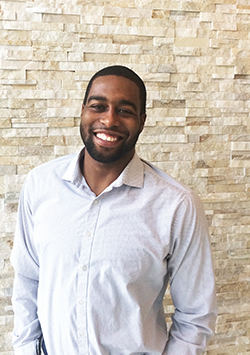 Christopher W. Williams
Christopher W. Williams
Although I am passionate about science, I realize that I could be the last scientist in my family. I accept that my future children may not be interested in following in my footsteps. However, I do not accept that a child, especially one who looks like me, may never have the opportunity to become a scientist and contribute to groundbreaking research, discovery and innovation.
My strategy to address this concern is to start the recruiting process early for the next generation of African-American scientists through effective science education and outreach initiatives. My recruiting tactic is simple: I show up. I consistently give my time and energy to disprove misconceptions about who scientists are, what they look like and how they can impact the world. The students do the rest of the work. They are challenged and encouraged with science lessons and, as a result, demonstrate improved reading, analytical, math and interpersonal communication skills.
My goal is not to turn anyone into a scientist but rather to improve scientific literacy and allow future scientists to reveal themselves. Ultimately, I want the students that I interact with to become more focused and confident individuals.
With that said, I must get going. There is a lot of work to do.
Enjoy reading ASBMB Today?
Become a member to receive the print edition four times a year and the digital edition weekly.
Learn moreGet the latest from ASBMB Today
Enter your email address, and we’ll send you a weekly email with recent articles, interviews and more.
Latest in Opinions
Opinions highlights or most popular articles
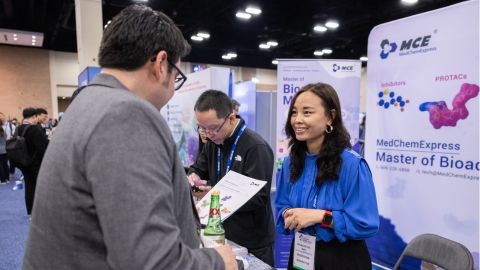
Benefits of attending a large scientific conference
Researchers have a lot of choices when it comes to conferences and symposia. A large conference like the ASBMB Annual Meeting offers myriad opportunities, such as poster sessions, top research talks, social events, workshops, vendor booths and more.
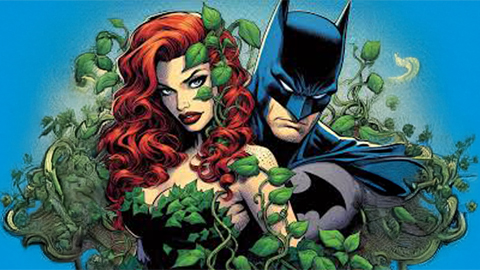
When Batman meets Poison Ivy
Jessica Desamero had learned to love science communication by the time she was challenged to explain the role of DNA secondary structure in halting cancer cell growth to an 8th-grade level audience.

The monopoly defined: Who holds the power of science communication?
“At the official competition, out of 12 presenters, only two were from R2 institutions, and the other 10 were from R1 institutions. And just two had distinguishable non-American accents.”
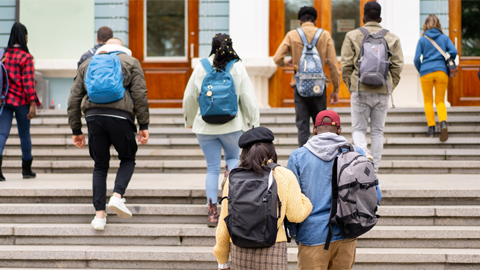
How I made the most of my time as an undergrad
An assistant professor of biology looks back at the many ways he prepared (or didn’t) for his future when he was in college.
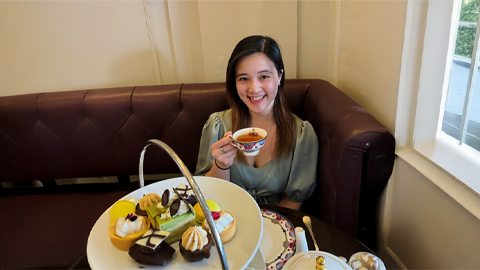
I find beauty in telling stories about giants
Andrea Lius wished she could find a focus for her scientific research — until she realized that what she really liked was talking to other scientists about the focus of their work.
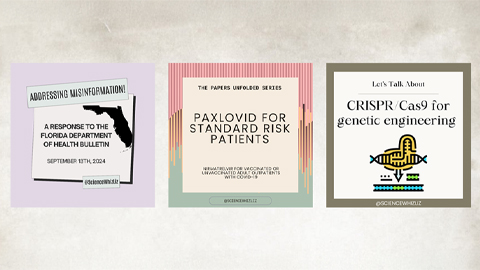
Leveraging social media to share science
Scientist and educator Elisabeth Marnik explains how to combat misinformation, such as the popular myth that drinking bleach will prevent infections.

